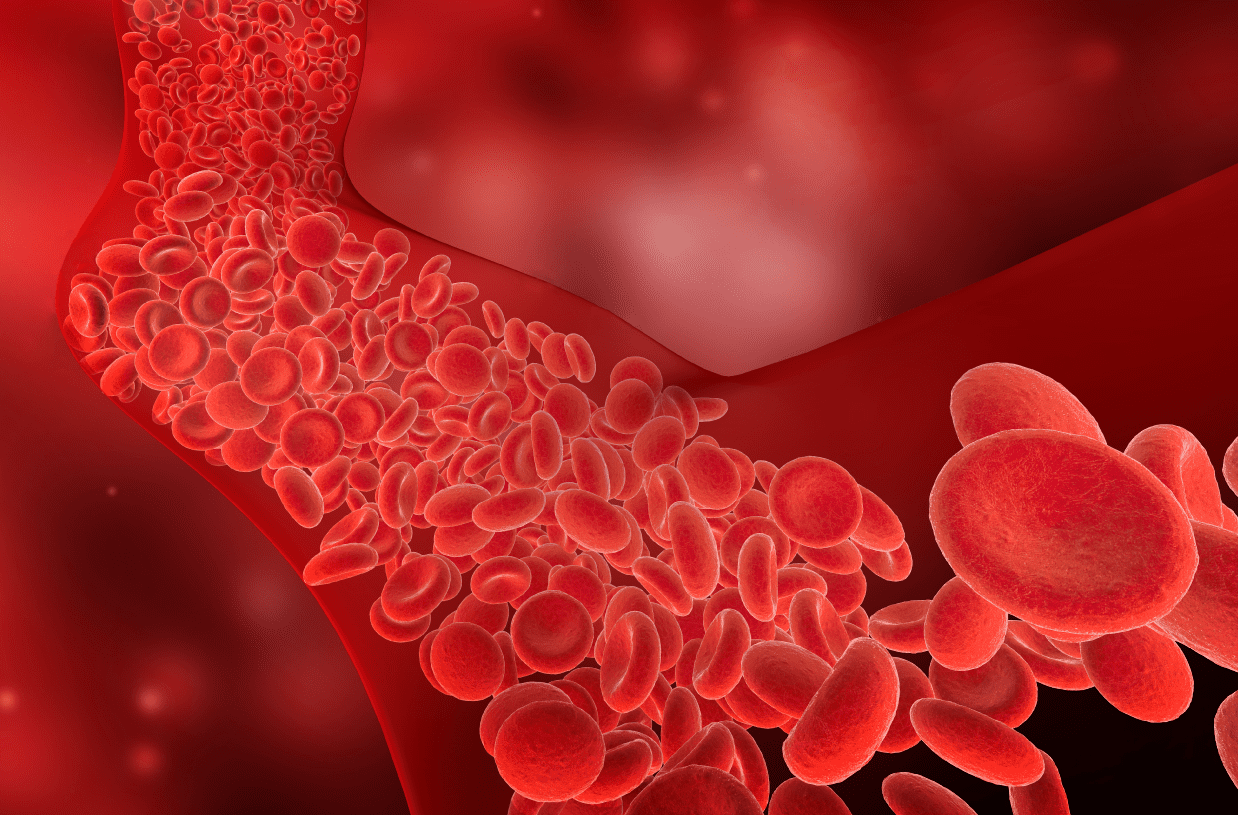Researchers have spent years determining what vitamins, minerals, herbs, compounds and other dietary supplements are needed for a person to maintain good health. Studies have led to recommended daily consumption of numerous items, which are available through the multibillion dollar supplement industry. [This article, “Bioavailability: Getting dietary supplements into the bloodstream efficiently and effectively” was originally published in HealthXWire]
Now scientists are working to determine the best delivery system to get these healthful materials into people’s bodies. The studies involve the field of bioavailability, which investigates the rate and range of active ingredient absorption. It also studies when a substance actually becomes available in the circulatory system, and when it reaches the part of the body it is intended to impact. Since most supplements are taken orally, their bioavailability is directly affected by the operation of the digestive system.
Eat, Drink Or Swallow?
Anyone who has shopped for nutritional supplements online or wandered the aisles of a GNC store knows that these products come in a staggering array of forms including pills, capsules, powders, gummies, tablets, soft gels, gel caps, bars and liquids. The format is sometimes dictated by the ingredient itself, and in other cases manufacturing concerns are key factors in selecting a delivery system.
The bioavailability of a supplement after oral administration is affected by a number of different factors, including the chemical properties of the ingredients, their physiological aspects, the type of dosage form, food intake, biorhythms, and individual differences in people’s digestive systems.
If all goes as planned, supplements taken by mouth are first swallowed, then travel through the esophagus and into the stomach. Once there, the pill, capsule or other medium is dissolved in acid and flushed into the small intestine. That’s where the individual ingredients travel across the intestinal wall and into the bloodstream before reaching the parts of the body they are designed to affect. Some minerals, such as iron, get pumped through the intestinal wall, but most casually cross the wall into the bloodstream.
While this process is the norm for most delivery systems, some glitches can occur along the way making the absorption of vital nutrients more difficult for some people. Pills may not dissolve completely, for example, and capsules may not release some of their contents soon enough. It’s important that some supplements be taken with food because the need the extra acid of the digestion process to work properly – but people are not always careful to follow the instructions that lead to the desired outcome.
There are other problems with traditional pills, capsules and tablets. Experts say as many as one-third of the public has trouble swallowing any type of pill, rendering them useless for those who can’t overcome this difficulty. In addition, some of these supplements contain filler ingredients to make their manufacture easier – and these additives can be problematic for people trying to keep their diets and nutritional intake as pure and simple as possible.
Going To Waste Instead Of The Waist
According to a report on PubMed.gov, a library service of the National Institutes of Health, people who need dietary supplements may not be getting the full impact of the products they are purchasing because some of the ingredients are not making it all the way to the tissue they are designed to help. For example, the failure of a weight loss supplement to dull the appetite could thwart a person’s attempts to drop a few pounds.
“Nutrients ingested but not released during the digestive process for absorption are of no nutritional value,” the report states. “Various nutrients and dietary components interfere with the bioavailability of vitamins. Hence, requirements for vitamins cannot be considered independently, but must be evaluated in relationship to other nutrients and compounds consumed by an individual.”
In layman’s terms, unabsorbed nutrients are eliminated from the body through waste products, and users are literally flushing away these essential (and sometimes expensive) ingredients without receiving any of their promised benefits.
Bottoms Up – Or Not
A popular alternative to pills, especially in the category of stimulants and strength enhancers, comes in the form of energy drinks. Cans of these liquids have become a common sight among amateurs and professionals alike as they exercise and work out in gyms. Although they are widespread, these formulations can carry a number of problems. Caffeine is a key ingredient in many of them, and some contain far more than natural sources such as coffee or tea. Some of them are notorious for large concentrations of sugar – up to 54 grams in one can – and these calories can be a chronic problem for people already struggling with their weight.
The over-use of energy drinks can cause some serious health issues, and experts say these “healthy” beverages are responsible for more than 20,000 emergency room visits every year.
Instead of relying on energy drinks, some have opted to use energy powders that they mix into a liquid themselves. These can help solve some of the issues with canned drinks, but consumers are warned to read the ingredient list carefully to make sure the powder doesn’t contain excessive amounts of either caffeine or sugar. Users are also advised to take the time to mix the powders until they are fully dissolved into a liquid. Any residue left behind at the bottom of the glass or bottle represents nutrients and other supplements that aren’t going to be used.
Mixing Things Up and Bioavailability
One innovative supplement delivery system that is being used by a number of manufacturers is emulsification. Without trying to recap tenth-grade chemistry class, it’s enough to know that emulsions are essentially combinations of two or more liquids that normally would not mix. (Think oil and water.) When put together by skilled scientists, these ingredients wind up as a thick, almost gel-like liquid that can be easily swallowed. Individual servings can be small, and they can be produced without added sugars and other unnecessary ingredients.
CardoMax, a supplement manufacturer based in Virginia, has developed a line of energy intensifiers, immune boosters and recovery accelerants using a proprietary emulsification process called Accelerated Absorption Technology.
“It’s a process we’ve developed using the least amount of ingredients and emulsifying them into a liquefied state and suspending them in that liquefied state,” says Sean Matson, co-founder & CEO of CardoMax. “That allows them to get into your system up to 20 times faster with three times more effectiveness compared to powders, tablets, capsules, anything similar to that.”
Cutting Calories Good, Cutting Nutrients Bad
However the nutrients are delivered – pill, gummy, drink, capsule or emulsion – researchers say these ingredients are needed more than ever by many Americans. Ironically, the need for supplements has been sparked by an overall healthy trend: weight loss. A report in PubMed states that many people have listened to their doctors and followed more sensible diets, reducing their overall caloric intake. While that’s good news for the thinner Americans, the bad news is that reduced food consumption has also led to reduced consumption of the vitamins, minerals and other nutrients that are needed for good health.
“This has placed a greater emphasis on the bioavailability of nutrients in foods because the total intake of nutrients is generally closely linked with total caloric intake,” the report states. “An assessment of the adequacy of dietary intakes of nutrients requires not only knowledge of the nutrient content of the foods ingested but also the extent to which the nutrient present in the diet is available for absorption and utilization.”
The need for better supplements has sent consumers on a major search for ways to satisfy their nutritional requirements without adding calories or other unwanted ingredients into their newly healthy diets. Sean Matson of CardoMax says this kind of consumer is exactly the type of person his business is seeking.
“Right now our target audience is someone who has run through the gamut, tried different things, and they aren’t finding something that’s working for them,” he says. Emulsified supplements, which promise improved bioavailability and fewer fillers, may be just what people are looking for when they follow their doctor’s orders and lose weight.
Important Note: The information contained in this article is for general informational purposes only, and should not be construed as health or medical advice, nor is it intended to diagnose, prevent, treat, or cure any disease or health condition. Before embarking on any diet or program of nutritional supplementation, it is advisable to consult your healthcare professional to determine its safety and probable efficacy in terms of your individual state of health.


